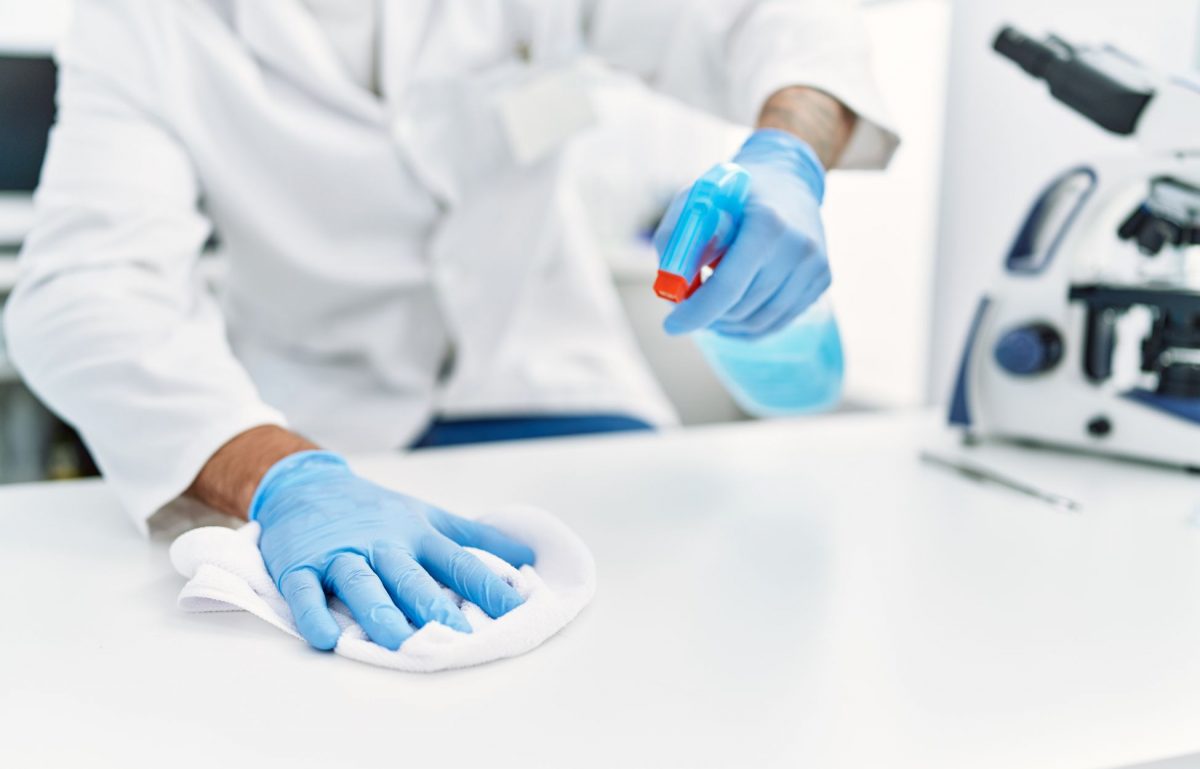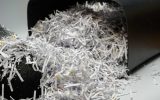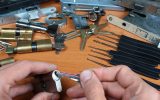When it comes to lab environments, cleanliness is crucial. Proper cleaning practices mitigate risk factors like cross-contamination, reduce downtime on equipment, and prevent experiment failure. That’s why knowing and implementing the most important rules for laboratory cleaning is essential for providing a safe and productive working environment. Discover some crucial rules to follow and tips for keeping your lab space secure.
Check Disinfectant Expiration Dates
What many people don’t know about cleaning supplies and disinfectant solutions is that they have expiration dates that you must respect. Using expired disinfectants may cause chemical degradation, reducing the disinfectant’s efficacy and jeopardizing the lab’s cleanliness. Always check the expiration dates of disinfectants before use, and replace old, expired disinfectants with new ones promptly.
Never Mix Disinfectants With Chemicals
Never mix disinfectants with other chemicals, as this can produce toxic gas or other hazardous reactions. Many disinfectants, particularly bleach, can be dangerous when combined with acids, alkaline solutions, or ammonia-containing compounds. Acids like oxalic acid are common cleaning agents, so it’s smart to check labels and be aware of the products you’re using before you mix them. Always follow the manufacturer’s protocols when using and combining cleaning agents to avoid dangers.
Clean at the End of Each Shift
Cleaning at the end of each shift ensures that all surfaces and equipment are free from contamination before your next day’s work. This practice reduces the chances of cross-contamination, preserves equipment, and provides a safe working environment for laboratory staff. Perform terminal cleaning and disinfection at the end of the day or when equipment is no longer in use.
Always Wash Hands After Cleaning
Handwashing is one of the most effective and simplest ways to prevent the spread of infection. By diligently washing your hands with soap and water for at least 20 seconds, you can effectively remove germs, bacteria, and potential contaminants from your skin, promoting good hygiene and minimizing the risk of illness. It is particularly important to remember to wash your hands thoroughly after completing any cleaning tasks, as this removes any lingering potential contaminants, safeguarding your health and the well-being of those around you.
Adhering to the most important rules for laboratory cleaning is not just about keeping a lab looking neat; it’s a critical component in maintaining a safe and effective workspace. By following these crucial cleaning practices, you’re on your way to ensuring a risk-free environment that will allow you to pursue groundbreaking scientific research.













